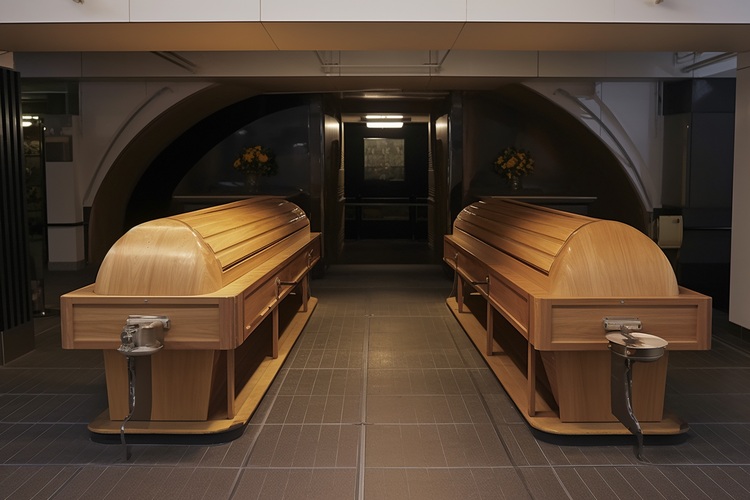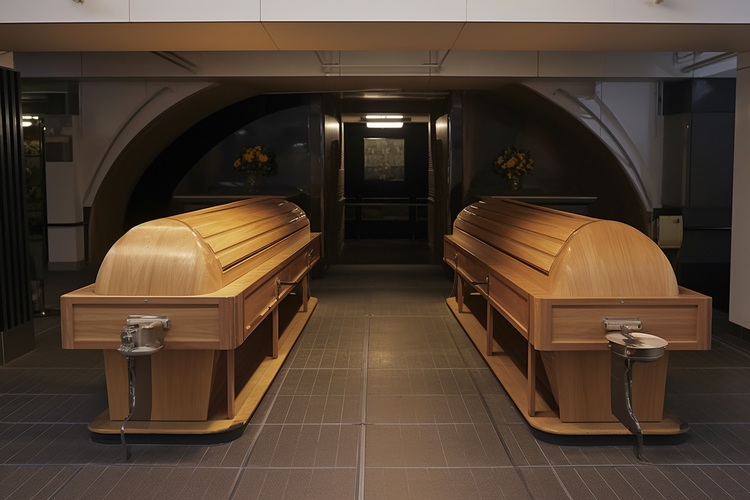Italy’s Iconic Renovation Challenge: Acquiring Historic Homes for a Nominal Fee
The offer is captivating: a historic home in a picturesque Italian village for just €1. This initiative, designed to revitalize Italy's smaller communities, has captured global imagination. Yet, the price tag is symbolic. The actual commitment is to a massive, mandatory renovation. For international buyers, success hinges entirely on managing the local bureaucracy, securing reliable contractors, and navigating Italian property law. This article outlines the real costs, the necessary expertise, and the investment value of participating in Italy's architectural renaissance.

Italy’s symbolic-price home initiatives capture imaginations, but the reality is far more complex than the headline purchase price. Buyers typically commit to restoring an aging property within defined timeframes while navigating permits, trades, and long-distance decision-making. Understanding the total commitment—financial, logistical, and regulatory—helps determine whether this pathway suits your goals.
What does the real commitment involve?
The True Financial Commitment: Understanding the Obligation starts with recognizing that the nominal fee is only a catalyst. Buyers may be required to post a deposit, meet renovation deadlines, and achieve habitability standards set by the municipality. Beyond structural stabilization, anticipate costs for utilities reconnection, seismic compliance where applicable, roof and façade repairs, and interior systems. Timelines can stretch from 12 to 36 months depending on permitting, craftsmanship schedules, and material availability. For most projects, contingency funds are essential, as hidden issues often emerge once restoration begins.
Legal and bureaucratic guidance
The Critical Need for Specialized Legal and Bureaucratic Guidance is central to avoiding delays or non-compliance. A bilingual real estate attorney familiar with Italian conveyancing can review purchase documents and program rules, while a local notaio finalizes the deed. A geometra (technical professional) verifies cadastral records, plans surveys, and manages compliance updates. Preservation constraints may apply, particularly in historic centers, requiring approvals from municipal offices and, in some cases, regional heritage authorities. Clear, early coordination among professionals reduces risk and keeps expectations aligned with local regulations.
Managing artisans and design
Comprehensive Project Management: Sourcing Artisans and Design generally demands assembling a capable local team. An architect or engineer develops drawings and obtains permits; contractors coordinate masonry, roofing, seismic strengthening, and mechanical systems; specialized artisans handle stonework, lime plaster, terracotta, and wood restoration. Material sourcing can be time-consuming—matching historic tiles or timbers is not always straightforward. Establishing milestone-based contracts, quality standards, and site supervision routines helps maintain momentum. If you cannot be on site regularly, appoint a trusted project manager to oversee schedule, budget, and workmanship.
Custom value vs. market price
Strategic Advantage: Custom Value vs. Market Price hinges on your aims. A tailored restoration allows you to optimize layout, energy performance, and finishes in line with your taste and use case (primary residence, occasional use, or long-stay accommodation). However, customization must be balanced against resale norms in the local market. Over-capitalization is possible, especially in smaller towns with limited demand. Conducting a comparables analysis before design lock-in helps calibrate the level of investment to the area’s achievable market value.
Turnkey historic properties
The Premium Alternative: Turnkey Historic Properties can offer certainty. Fully renovated apartments or townhouses in historic centers come with documented compliance, modernized systems, and immediate usability. While the entry price is higher, you avoid lengthy construction timelines and administrative complexity. Buyers who value predictability, limited on-site involvement, or near-term usage often find turnkey options to be a practical path—particularly in cities and established heritage destinations where resale liquidity tends to be stronger.
For real-world cost planning, consider the entire stack: purchase formalities (notary and taxes), professional services (legal, geometra, architect/engineer), permits, and construction (structural, utilities, finishes). Renovation budgets vary widely by region, property condition, and specification level, but line-item estimates and credible providers can anchor expectations.
| Product/Service | Provider | Cost Estimation |
|---|---|---|
| Municipal €1 home program (symbolic purchase) | Comune di Sambuca di Sicilia; Comune di Mussomeli; Comune di Ollolai (examples) | Purchase €1; deposits commonly €2,000–€10,000; renovation commitments typically 2–3 years; renovation often €30,000–€120,000+ depending on size/condition |
| Property conveyance (rogito) | Local notaio (Notaries of Italy) | €1,500–€3,500 in fees, depending on complexity |
| Technical survey and cadastral checks | Licensed geometra | €800–€2,500 for survey/compliance updates |
| Architectural design and permits | Registered architect/engineer | 8–12% of renovation budget; municipal permit fees often €500–€3,000 |
| Building works (structural and finishes) | Local contractors | €800–€1,800 per m² (many rural/southern areas); €1,500–€3,000 per m² (major cities/prime zones) |
| Renovated historic apartment (turnkey) | Sotheby’s International Realty Italy | Commonly €300,000–€2,000,000+ depending on city and building |
| Renovated trullo/farmhouse (turnkey) | Engel & Völkers Italy | Often €200,000–€800,000+ by region and size |
| Prime city-center historic apartment (turnkey) | Knight Frank Italy | Frequently €500,000–€2,500,000+ in major markets |
Prices, rates, or cost estimates mentioned in this article are based on the latest available information but may change over time. Independent research is advised before making financial decisions.
Practical budgeting insights
- Plan a contingency of 10–20% to absorb hidden structural or utility issues discovered after demolition.
- Factor travel and accommodation for periodic site visits, or budget for a local project manager’s oversight hours.
- Utilities reconnection and meter upgrades can add time and cost; sequence these early to avoid delays at handover.
- Insurance during construction is advisable; discuss builder’s risk and liability coverage with your team.
Risk management and timelines
Two forces drive schedules: permitting lead times and the availability of skilled trades. In compact historic centers, access constraints may lengthen demolition and deliveries. Phased milestones—stabilization, structural completion, systems rough-in, finishes—create accountability and predictability. Digital progress reporting, photo logs, and weekly check-ins help remote owners stay informed. Once the property is habitable and documentation updated, municipalities typically release deposits and confirm compliance with program obligations.
When the numbers make sense
Nominal-fee acquisitions tend to fit buyers who value heritage restoration and customization, are comfortable with multi-step processes, and can absorb timeline variability. Turnkey options fit those prioritizing time-to-use and documentation clarity. In either path, aligning budget, legal setup, and market context at the outset produces the clearest route to a successful outcome.




